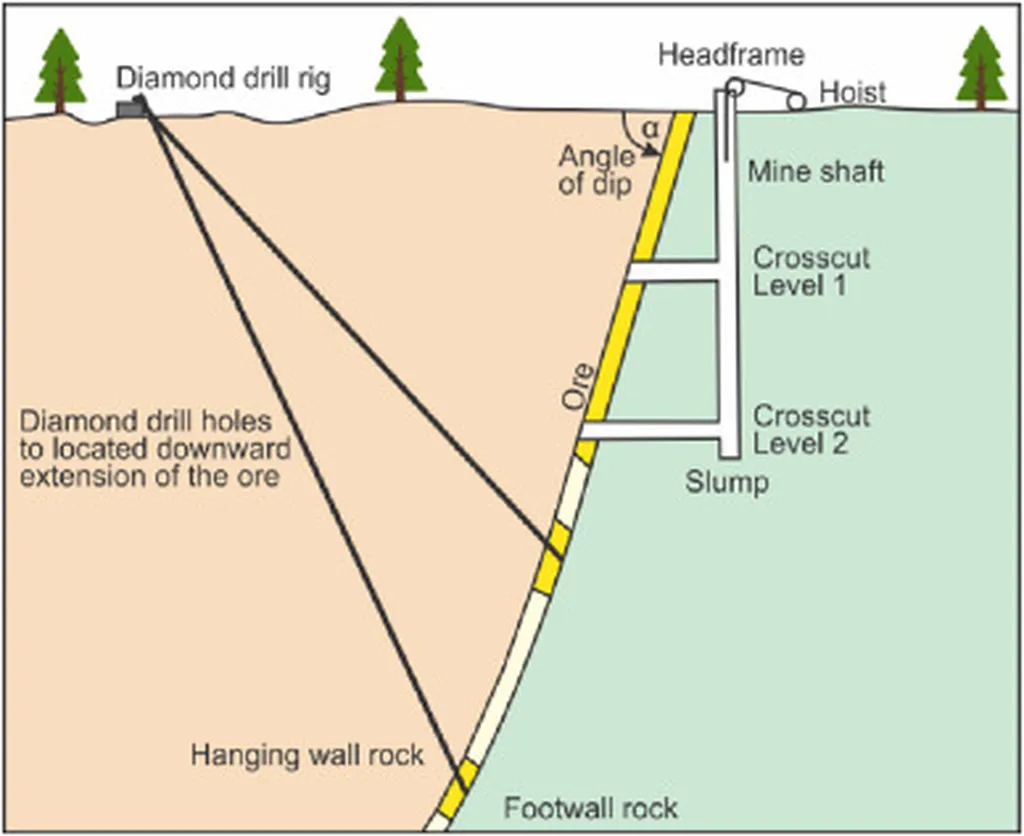In the heart of China’s Shandong province, researchers are revolutionizing communication in the mining industry, potentially reshaping safety and efficiency in the energy sector. Xiang Lu, a professor at the College of Electronic and Information Engineering, Shandong University of Science and Technology, has led a groundbreaking study published in *Meikuang Anquan* (translated to *Mining Safety*), introducing a novel communication device for shaft maintenance based on electromagnetic coupling technology.
Traditional communication methods in mine shaft maintenance and hoist systems have long suffered from delays and instability, posing significant challenges to timely decision-making and emergency response. Lu’s team has tackled this issue head-on, proposing a design that leverages the existing metal structures of hoist wire ropes, tail ropes, and metal pipes as signal transmission mediums. By installing a pair of electromagnetic coupling coils on the top of the hoist skip and under the guide wheel, the device enables two-way, long-distance transmission of voice and control signals.
“The key innovation here is the use of the existing metal structures as a signal transmission medium,” Lu explains. “This not only simplifies the wiring requirements but also ensures that the wellbore structure remains undamaged and the normal operation of the lifting system is unaffected.”
The device operates based on the principle of electromagnetic coupling communication, adopting a half-duplex communication mode. The team established an equivalent circuit model of the wire rope electromagnetic channel, simplifying it as a closed loop with distributed inductance and resistance characteristics. They analyzed the coupling mechanism and signal transmission characteristics between the coil and the closed loop, optimizing the parameter selection of the electromagnetic coupling coil to improve coupling efficiency and energy transfer efficiency.
To ensure robust communication, the team designed a high-performance integrated circuit as the core of the communication system, utilizing a 32-bit microcontroller and Frequency-Shift Keying (FSK) modulation and demodulation technology. This approach provides strong anti-interference capabilities and stable signal envelopes, enabling the modulation and transmission of digital signals and the demodulation of weak signals.
The commercial implications for the energy sector are substantial. The device offers an economical, reliable, convenient, and flexible emergency communication method. It achieves an information transmission rate of 70 kbit/s, with an average bit error rate of less than 1.6% at a communication distance of 1,000 meters. The recovered voice signal has a sound intensity higher than 90 dB, with audio distortion of less than 5% and a transmission delay of less than 0.2 seconds, meeting the stringent requirements of mining audio equipment.
“This technology has the potential to significantly enhance safety and efficiency in mining operations,” Lu notes. “It provides a reliable communication method that can greatly improve emergency response capabilities during shaft maintenance operations.”
The research not only addresses immediate communication challenges but also paves the way for future developments in the field. As the energy sector continues to evolve, the demand for robust and efficient communication systems in hazardous environments will only grow. Lu’s work sets a strong foundation for future innovations, potentially influencing other industries that require reliable communication in challenging conditions.
In an era where safety and efficiency are paramount, this breakthrough offers a glimpse into the future of mining technology, promising to make operations safer, more efficient, and more responsive to emergencies. As the energy sector continues to push the boundaries of what’s possible, advancements like these will be crucial in driving progress and ensuring the safety of workers in some of the most demanding environments on Earth.

